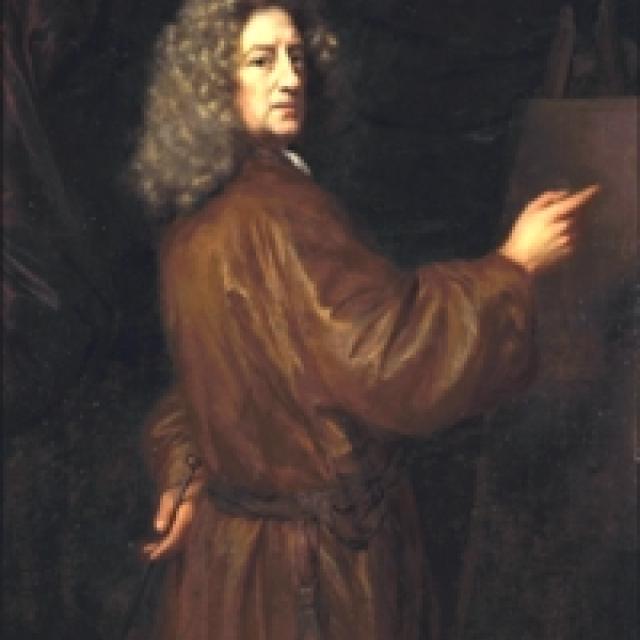
Nicolaes Maes
Bibliography
1753
Houbraken, Arnold. De Groote Schouburgh der Nederlantsche Konstschilders en Schilderessen. 3 vols. in 1. The Hague, 1753 (Reprint: Amsterdam, 1976): 2:273-277.
1890
Veth, G. H. "Aanteekeningen omtrent eenige Dordrechtsche Schilders. Nicolaes Maes." Oud Holland 8 (1899): 125-142.
1907
Hofstede de Groot, Cornelis. A Catalogue Raisonné of the Works of the Most Eminent Dutch Painters of the Seventeenth Century. 8 vols. Translated by Edward G. Hawke. London, 1907-1927: 6(1916):473-605.
1924
Valentiner, Wilhelm R. Nicolaes Maes. Stuttgart, 1924.
1979
Sumowski, Werner. Drawings of the Rembrandt School. 10 vols. Edited and translated by Walter L. Strauss. New York, 1979-1992: 8(1984):3951-4489.
1983
Sumowski, Werner. Gemälde der Rembrandt-Schüler. 6 vols. Landau, 1983: 3:1951-2174; 6:3731-3737.
1984
Sutton, Peter C. Masters of Seventeenth-Century Dutch Genre Painting. Edited by Jane Iandola Watkins. Exh. cat. Philadelphia Museum of Art; Gemäldegalerie, Staatliche Museen Preussischer Kulturbesitz, Berlin; Royal Academy of Arts, London. Philadelphia, 1984: 239-242.
1991
MacLaren, Neil. The Dutch School, 1600-1900. Revised and expanded by Christopher Brown. 2 vols. National Gallery Catalogues. London, 1991: 1:239.
1995
Wheelock, Arthur K., Jr. Dutch Paintings of the Seventeenth Century. The Collections of the National Gallery of Art Systematic Catalogue. Washington, D.C., 1995: 159-160.
1999
Ghandour, N. "Research on the biography of 17th-century Dutch painter Nicolaes Maes." Oud Holland 113, no. 4 (1999): 217-220.
2000
Krempel, León. Studien zu den datierten Gemälden des Nicolaes Maes (1634-1693). Studien zur internationalen Architektur- und Kunstgeschichte 9. Petersburg, Germany, 2000.









